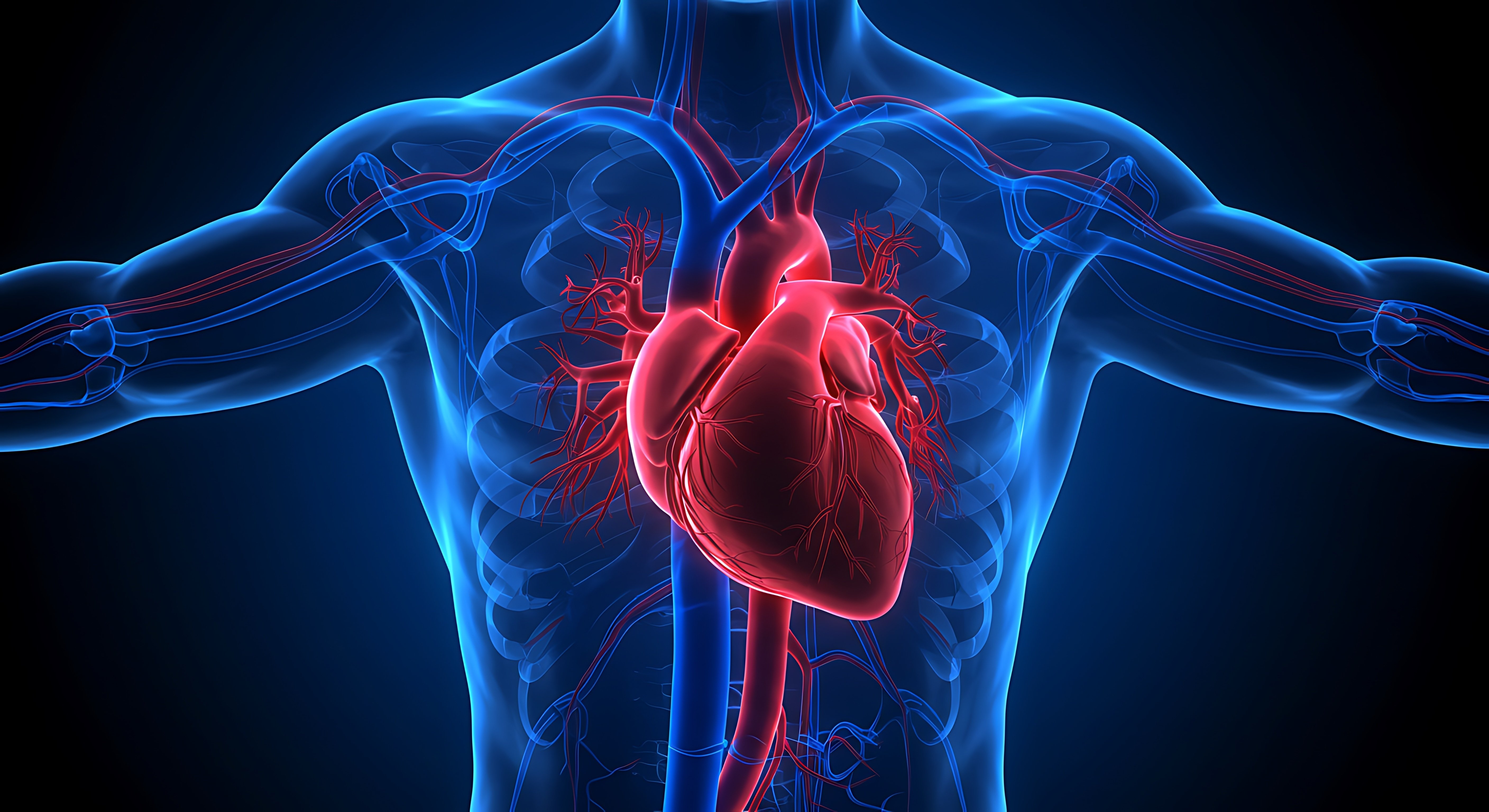The future of food is big business and it’s only going to get bigger as both technology and consumer demand develops. Innovations in food production, cultured meat, cellular agriculture, plant-based meat analogues (PBMAs), and agricultural technology (AgTech) are changing the way that we source and consume food. The cultured meat sector alone is expected to be worth upwards of $12 billion by 2030.
To capitalise on this upward trajectory, companies need to secure an exclusive product or service niche, as well as demonstrate to potential licensees, investors, or buyers that their product or service has potential. Having the right intellectual property in place is key, whatever the size of the business.
In such a busy field, we look at the types of IP available for innovations in future food technology.
Patents
Patents protect inventions, and in such an innovation-heavy field there are plenty of opportunities for patent protection.
- ‘Product’ or ‘composition of matter’ claims can protect the components of innovative food, whether for human or animal These might include cells, microorganisms, fungi, insects or plants with desirable properties, such as increased growth, yield, efficiency, lifespan, or reliability. In some cases these may not be eaten themselves, but instead can be used as “factories” to produce food products and components with superior characteristics, which may then be protected separately.
- Patents can be used to protect methods for the production of food products. In particular, there is a drive to produce food products with properties that will appeal to consumers. In vitro cell culture can be used to generate cells and tissue with improved texture, flavour, aesthetics, smell, and components (e.g. proteins, fat, nutritional value) to more closely mimic conventional meat- and fish-based products. Patents can also focus on protecting the processing steps needed to turn these cultured cells into finished foods.
- There are also opportunities to protect new culture media and scaffolds, improved culture conditions, processes of incorporating external nutrients and vitamins, and methods of processing any resulting molecules. These technologies may have broad applications outside the immediately contemplated products, allowing key patents to be leveraged widely.
- Methods of fermentation can be protected by patents, from precision fermentation and molecular farming up to large-scale production of food components. New bioreactors and apparatus required for the fermentation processes can also be protected.
- Of course, future food technologies are not limited to cells or microorganisms grown in a laboratory. Improved crops will also be important to meet the challenges of feeding the planet. Crop plants can be engineered to possess desirable properties and patents can be used to protect such methods. Plants obtained by conventional breeding methods can be protected using plant variety rights.
- On a larger scale, there are opportunities to patent technologies within ‘smart agriculture’. For example, improved robotic technologies and sensors will make farming more efficient, machine learning systems can be used to assess the level of ripening or visual quality of a crop, and innovative lighting systems mean that food can be grown indoors.
- All this future food needs to be packaged and transported too. Patents can be used to protect new and improved packaging materials and methods, for example to reduce food and material waste, improve shelf life, improve recycling, and minimise plastic use.
Design rights
Design rights protect the aesthetic design of the whole or part of a product and may arise from the lines, contours, colours, shape, texture, material, or ornamentation of the product.
Whilst patents can help to protect technical aspects of packaging materials or production methods, design rights could be useful to protect the particular shape or appearance of such packaging. Packaging is a key component of “shelf appeal”, and design rights can be used to carve out a niche and prevent competitors with similar products from encroaching into it.
Design rights could also be used to protect the shape of apparatus used in food technologies, such as in cell culture or fermentation processes, as well as those of subcomponents and consumables used within the apparatus.
Even shapes of food, so far as they are distinctive, could be the subject of design rights. For example, processed foods such as nuggets and snack chips may well be recognisable based on their shape and contouring, and acquiring a design right protecting these characteristics could help thwart competitors from launching a copycat product.
Trade marks
Trade marks provide protection for the “brand” – names, logos, and trade dress – around a product, and can be invaluable in building consumer familiarity and loyalty. Especially in an emerging sector where never-before-seen food products are emerging, branding may be the key to customers not only accepting new foods, but associating them with positive traits like health, sustainability, and fashionable lifestyle choices.
A challenge for registering trade marks in this space will be ensuring marks are distinctive, and not simply descriptive of their ingredients or processes of manufacture. On the other hand, the rewards of holistic brand development are many, as strong trade marks provide indefinite protection around a product, unlike other IP rights which are term-limited.
Trade secrets
On occasion, a business develops information or know-how that can be difficult to protect or enforce via the routes above. However, this intellectual property can still be valuable to the company and, if kept secret, is potentially enforceable against third parties.
Such secrets can take various forms, including customer or sales information, business plans and marketing strategies, technological innovations, unpublished inventions, software source code and algorithms, process know-how, product information, such as formulas and recipes, and manufacturing techniques and methods.
Some of the forms above are evidently relevant to companies working in the future food space. Proprietary cell culture methods and media recipes could be copied by competitors if published, but it may be challenging to prove that copying has actually occurred. Such information could be more valuable if kept as secret know-how within the business.
Effective trade secrets rely on a robust internal system to define the protected information and keep it secret. However, when utilised properly, they can provide significant competitive benefits.
Conclusion
It is evident that a banquet of IP opportunities is available to companies developing the food of the future. Protection can be sought for inventions on every scale: from single molecules and cells, all the way up to fermentation and farming equipment.
However, it is clear that, in a rapidly developing field, companies will benefit from a holistic approach to IP involving patents, trademarks, brand identity, marketing, trade dress and trade secrets, so as to create overlapping layers of protection around their innovations.
Anna is a Partner and Patent Attorney at Mewburn Ellis, specialising in life sciences. Her practice spans IP strategy, drafting, prosecution, and oppositions, with expertise in managing complex, high-value patent portfolios and successful EPO oppositions. She leads the firm’s Advanced Therapeutics team, advising on cell and gene therapies, nucleic acid technologies, and immunotherapies. Anna works with biotech start-ups, universities, and multinational pharmaceutical companies across the globe, and is a regular visitor to the US East Coast. She holds a first-class BSc in Molecular Biology and Biochemistry and a PhD in Molecular Cell Biology from Durham University.
Email: anna.mudge@mewburn.com


